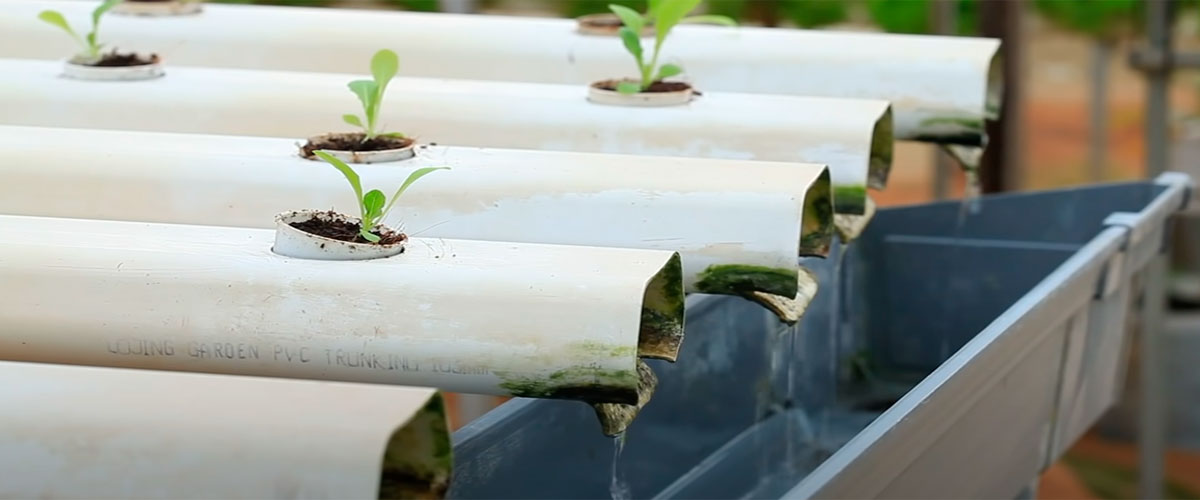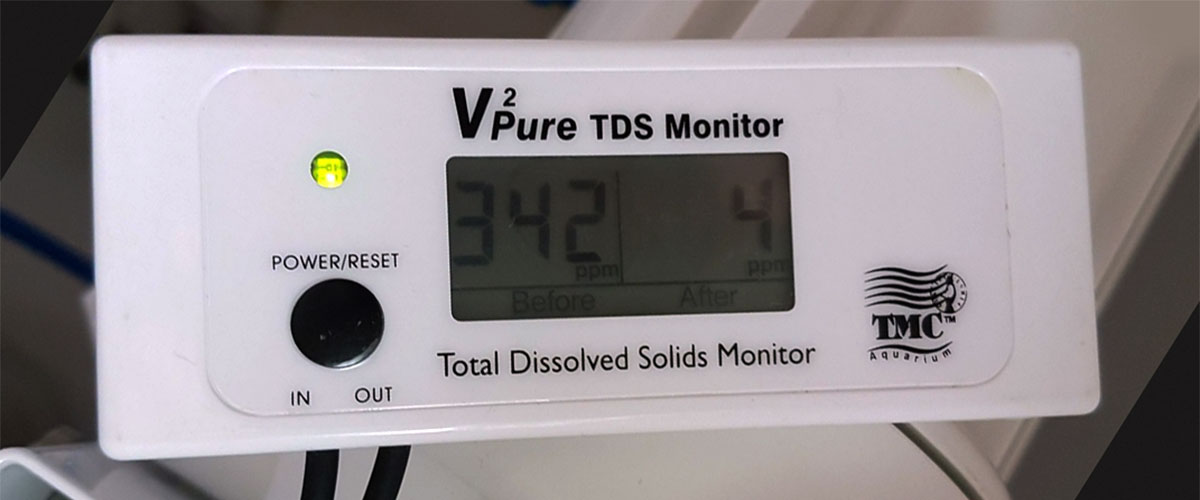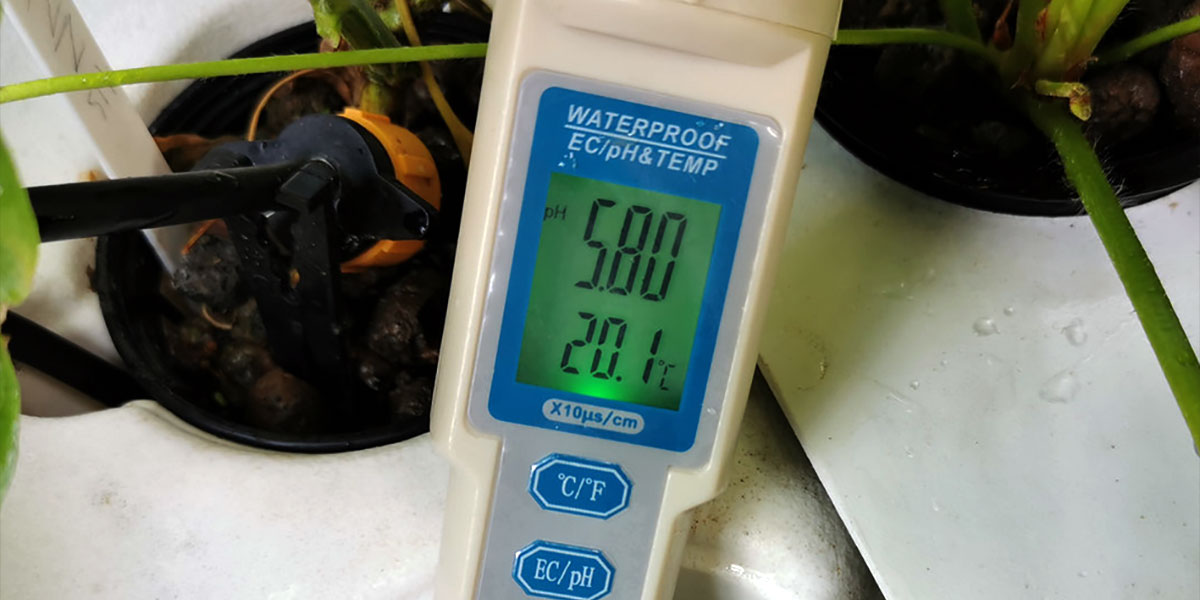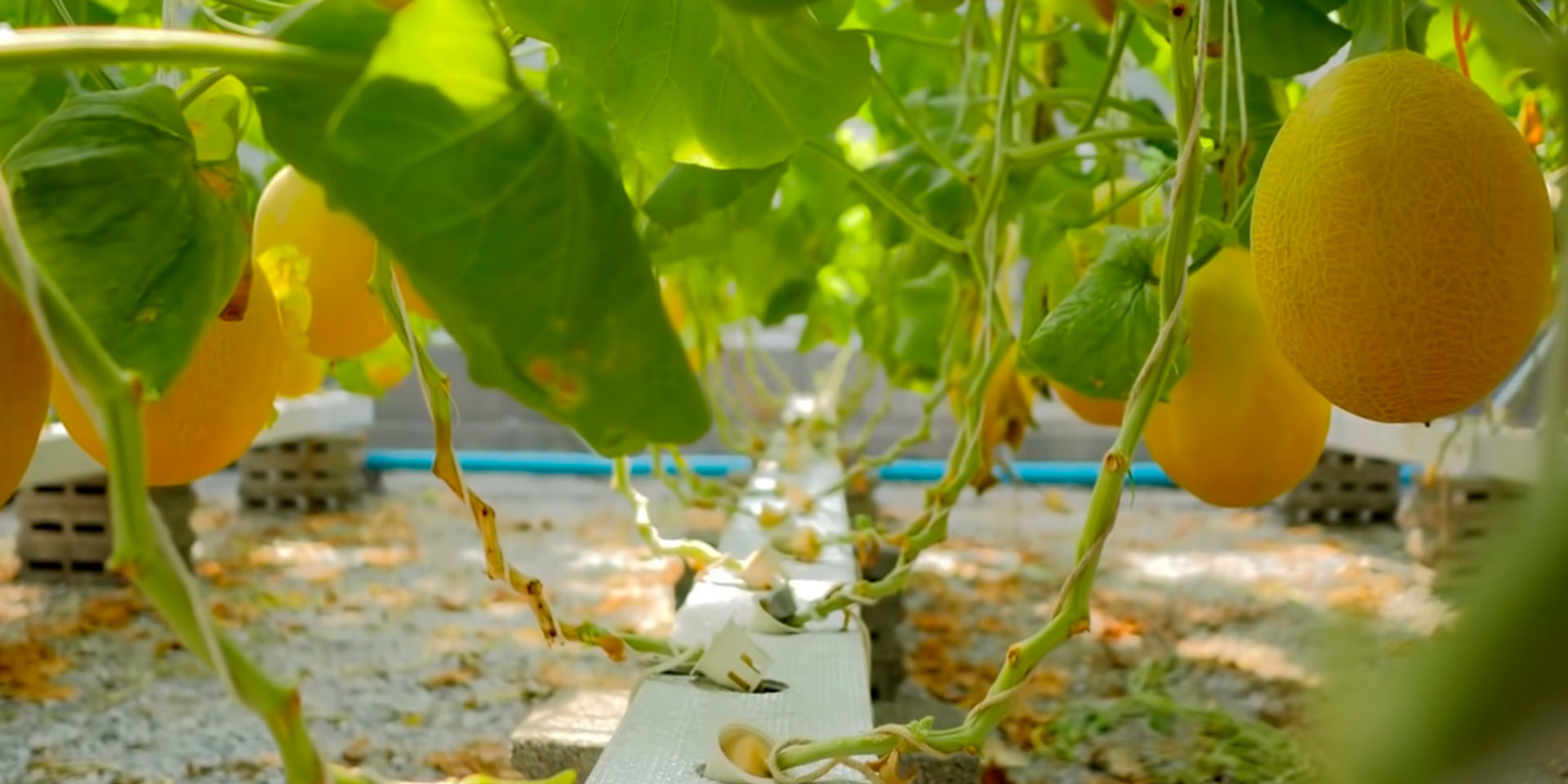In hydroponics, PPM (parts per million) is a measure of the concentration of a nutrient in the water. Too high or too low levels of PPM can stunt plant growth or even kill them. In this post, we will discuss some ways to lower PPM in your hydroponic system. Keep in mind that each grower will have their own preferences and techniques, so experiment until you find what works best for you.
What happens if your PPM is too high?
As with all aspects of horticulture, achieving the perfect ppm for hydroponics takes some experimentation and finesse. If your ppm is too high, you may experience leaf burn, necrosis, and other adverse effects. Understanding the causes and symptoms of high ppm will help you troubleshoot any issues and maintain a healthy garden.

The causes of high PPM
There are a number of possible reasons why your ppm levels may be rising while using hydroponics. One common cause is nutrient imbalance, which can occur if your nutrient solution is not properly calibrated or if you are not replacing the spent nutrients with fresh solutions on a regular basis. Other potential causes include pH problems, nutrient accumulation in the root system, and inadequate oxygenation.
To diagnose and address this issue, it is important to monitor your ppm levels closely and work with a qualified hydroponics expert to find a solution that works for your setup. Ultimately, the key to keeping ppm levels in check lies in maintaining strong plant health and optimal environmental conditions for your plants.
With some careful monitoring and adjustments as needed, you should be able to achieve balance in your hydroponic system and keep ppm levels under control.

Measuring PPM
In hydroponic systems, plants depend on a steady supply of nutrients and water in order to thrive. This is where a TDS meter (TDS stands for Total Dissolved Solids) comes in handy, as it allows you to monitor the concentration of dissolved solids in the nutrient solution and make adjustments as needed. Using a TDS meter is an easy way to ensure that your plants are getting exactly what they need and nothing more.
By testing your solution regularly, you can be sure that your plants are always getting the right amount of water and nutrients, helping them to grow faster and stronger than ever before.
A TDS Meter measuring instructions
- Dip the meter in the water/solution up to the maximum immersion level.
- Lightly tap or stir the meter to remove any air bubbles.
- Pockets of air between the electrodes may interfere with the electrical current.
- Wait 10-20 seconds for the reading to stabilize.
This number shows whether your water has the ideal PPM for your plant’s growth cycle or not. Your meter will not indicate which nutrients are present or absent from the water, however.
What is a good ppm reading for hydroponics?
The ideal ppm for hydroponics will vary depending on the type of plants you are growing and the stage of growth they are in. For example, young seedlings will need a lower ppm, while mature plants will need a higher ppm. Additionally, different types of plants have different nutrient needs. As a general rule, it is best to start with a lower ppm and then increase the concentration if needed. This will help to prevent nutrient burn and ensure that your plants are getting the right balance of nutrients.
Now let’s break that down PPM readings in a hydroponic system:
- The early growth stage for your plants will see about 350 to 400 PPM. This is the time when you won’t see many other particles beside what’s in the grow medium.
- If you’re using a seedling, the PP will be around 400 to 500. Starter nutrients can affect these readings, so be aware of that.
- In early vegging, you should use 650 to 750 PPM. This is when you typically transplant. At this stage, not a lot of nutrients are needed.
- Mid-Stage Vegging: 750 to 800 PPM — You’ll start giving your plants more nutrients at this point.
- Your plants will need more nutrients at late-stage vegging. The best time to give them more nutrients is 850 to 900 parts per million.
- Early Flowering: 900 to 950 PPM — As your plants grow, they need to eat more. PPM readings will reflect the particles in the increased nutrients.
- At Mid-Stage Flowering your plants’ nutrient intake continues to increase: 950 to 1100 PPM
- Late-Stage Flowering: 1100 to 1150 PPM — This is when your plants are eating the most, especially if you provide additives.
- End of Flowering/Flushing: 0 to 400 PPM — At this stage, you’ll be flushing your plants. Ideally, you don’t want any leftover particles at the end of flowering.

How to adjust the PPM level if it’s too high
Here’s what you need to do to adjust the PPM level and get your plants back on track:
- First, check the PPM level in your system using a digital meter. If the reading is too high and you’ll need to take action to bring it down.
- Add more water: The key is to add fresh water without putting in any substance. By adding more clear water to the plants or the mixture you are using to water them, you diminish the nutrients to water ratio, therefore lowering the PPM level.Once you’ve done this, continue to monitor the PPM level and add water as needed. We recommend this method to owners of a small indoor garden or those who need a temporary solution.
- Use a heavy-duty water filter: Water filters like Reverse Osmosis systems or purifier machines can force-separate nutrients from the tap water, which are considered contaminants. This method requires an extra investment, but it is a sustainable option if a considerable tank strain.
- Another way to lower the PPM level is to add more plants to the system. This will help absorb some of the excess nutrients in the water.
Remember to test the PPM level regularly and make adjustments as needed. By following these steps, you can ensure that your hydroponic plants are getting the perfect mix of nutrients and preventing problems caused by a high PPM level.


